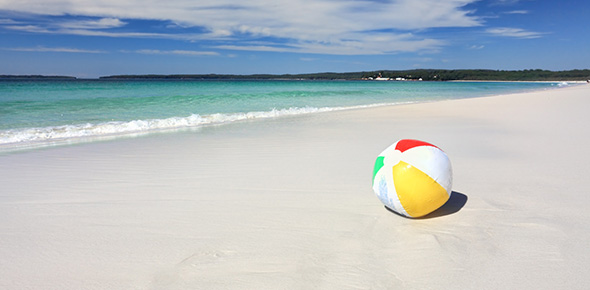Related Flashcards
Related Topics
Cards In This Set
| Front | Back |
|
During the pre-trip inspection, you must show that:
|
The vehicle is safe to drive.
|
|
During the pre-trip inspection you will:
|
Walk around the vehicle and point to or touch each item and explain to the examiner what you are checking and why.
|
|
When checking the hoses you should:
|
A. look for puddles on the ground.
B. look for dripping fluids on underside of engine and transmission. C. inspect hoses for condition and leaks. |
|
When checking the oil level you will show the examiner:
|
That the oil level is within safe operating range.
|
|
You should never check the reservoir sight glass of the coolant level.
|
False
|
|
When checking the power steering fluid at the pre-trip inspection the level must be above the refill mark to be acceptable
|
True
|
|
Check the following belts for snugness, cracks, or frays:
|
Power steering belt and water pump belt, alternator belt and air compressor belt.
|
|
To check the clutch/gearshift you should:
|
A. depress clutch.
B. place gearshift lever in neutral (or park for automatic transmissions). C. start engine, then release clutch slowly. |
|
You must check to make sure that the oil pressure gauge is working.
|
True
|
|
When checking the oil pressure gauge you should make sure that:
|
Shows increasing or normail oil pressure or that the warning light goes off.
|
|
The temperature gauge is unimportant at a pre-trip inspection.
|
False
|
|
During a pre-trip inspection the mirrors and windshield should be checked for:
|
Cleanliness, obstructions, and damage.
|
|
Some emergency equipment that should always be carried is:
|
Spare electrical fuses, three reflective triangles, a properly charged and rated fire extinguisher.
|
|
To check for steering play in a non-power steering vehicle you
should turn the steering wheel back and forth. Play should not exceed:
A. 30 degrees
|
10 degrees
|
|
Check that wiper arms and blades are secure, damaged, and operate occasionally.
|
False
|




